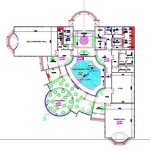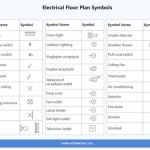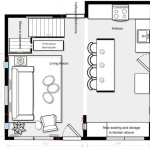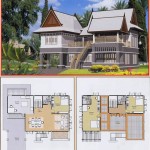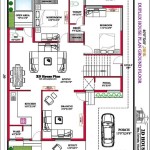Essential Aspects of White House Plans
The White House, the official residence and principal workplace of the President of the United States, has undergone numerous planning and design iterations throughout its history. These plans have shaped the iconic structure and its surrounding grounds, creating a complex and multifaceted architectural ensemble.
Historical Evolution
The White House's initial plans were conceived by Irish-born architect James Hoban in 1792 after a competition. Hoban's neoclassical design, inspired by Irish Palladianism, formed the core of the building's structure. Subsequent presidents, including Thomas Jefferson, Theodore Roosevelt, and Harry Truman, made alterations and additions to the White House, each contributing their own vision and style.
Architectural Features
The White House is renowned for its distinctive architectural characteristics. Its exterior is composed of three main sections: the central building, flanked by two semi-circular wings. The facade features a portico supported by Doric columns, referencing the classical architectural tradition. The interior boasts grand rooms such as the State Dining Room, East Room, and Oval Office, each adorned with intricate ornamentation and furnishings.
Functional Spaces
Beyond its architectural significance, the White House is also designed to serve the functional needs of the president and their staff. The East Wing houses the First Family's private quarters, while the West Wing serves as the president's office and administrative space. The ground floor contains public areas such as the Grand Foyer and Blue Room, used for receptions and official events.
Security and Protection
As the residence of the commander-in-chief, the White House is subject to stringent security measures. The building is encircled by a high perimeter fence and guarded by the Secret Service. The plans incorporate advanced security systems and evacuation protocols to ensure the safety of the president and their guests.
Sustainability
In recent years, the White House has undergone renovations to enhance its sustainability. These efforts include the installation of energy-efficient lighting and appliances, the use of renewable energy sources, and the implementation of water conservation measures. The goal is to create a more environmentally responsible and energy-efficient residence.
Cultural Significance
The White House has become a symbol of American democracy and the nation's executive branch. It has witnessed countless historical events, hosted foreign dignitaries, and served as a platform for presidential addresses. The plans of the White House reflect the evolving needs and aspirations of the United States, capturing the spirit of its people and their values.

The White House Archisyllogy
Photos Show The White House Interior Where Naomi Biden Got Married

The Floor Plan White House Tour Plans

Inspired By The White House Plan 106 1206 6 Bedrooms

The White House Archisyllogy

The History Of Oval Office White House Floor Plans Usa

White House Data Photos Plans Wikiarquitectura

Inspired By The White House Plan 106 1206 6 Bedrooms

Mr Lincoln S White House
Photos Show The White House Interior Where Naomi Biden Got Married

